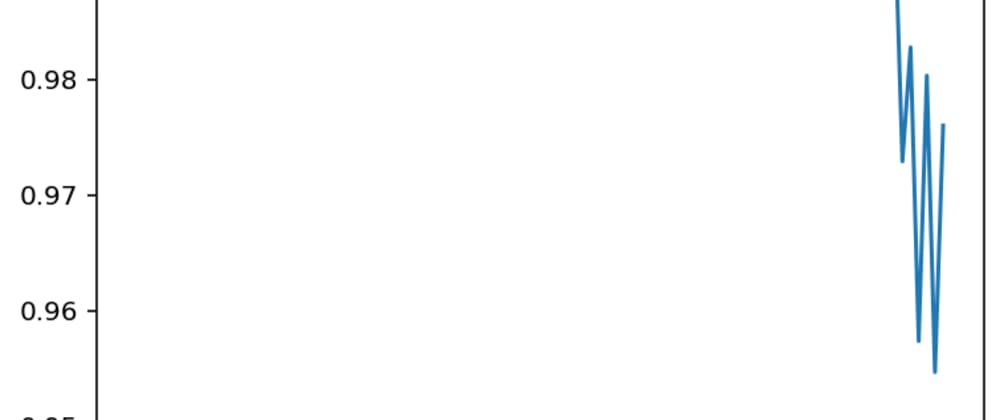This is a Plain English Papers summary of a research paper called To Believe or Not to Believe Your LLM. If you like these kinds of analysis, you should subscribe to the AImodels.fyi newsletter or follow me on Twitter.
Overview
- This paper explores the challenges of assessing the reliability and trustworthiness of large language models (LLMs) when used for high-stakes applications.
- It examines the ability of LLMs to provide accurate self-assessments of their own uncertainty and limitations.
- The paper presents several approaches for quantifying and expressing the uncertainty of LLM outputs, aiming to help users better understand the model's capabilities and limitations.
Plain English Explanation
Large language models (LLMs) like GPT-3 and BERT have become incredibly powerful at generating human-like text, answering questions, and completing a variety of language-related tasks. However, it's not always clear how reliable or trustworthy the outputs of these models are, especially when they are used in important real-world applications.
The key challenge is that LLMs can sometimes produce responses that seem plausible and coherent, but may actually be inaccurate or biased in ways that the user may not realize. This is because LLMs are trained on large datasets, but don't have a full understanding of the world in the way that humans do. They can sometimes make mistakes or give responses that are misleading or inconsistent.
To address this, the researchers in this paper explore different ways that LLMs can provide more transparent and reliable information about their own uncertainty and limitations. This could involve having the model output a "confidence score" along with its responses, or quantifying the model's uncertainty in other ways.
The goal is to help users better understand when they can trust the model's outputs, and when they should be more skeptical or seek additional confirmation. By having a clearer sense of the model's reliability, users can make more informed decisions about when to rely on the model's recommendations, especially in high-stakes scenarios.
Overall, this research is an important step towards making large language models more transparent and trustworthy as they become increasingly integrated into everyday applications and decision-making processes.
Technical Explanation
The paper presents several approaches for quantifying and expressing the uncertainty of LLM outputs, with the goal of helping users better understand the model's capabilities and limitations.
One key technique explored is semantic density uncertainty quantification, which measures the density of semantically similar outputs in the model's latent space. This can provide a sense of how confident the model is in a particular response, as outputs with higher density are likely to be more reliable.
The researchers also investigate generating confidence scores - additional information provided by the model about its own uncertainty. This can take the form of explicit probability estimates or other metrics that convey the model's self-assessed reliability.
Additionally, the paper explores contextual uncertainty quantification, which considers how the model's uncertainty may vary depending on the specific input or task. This can help users understand when the model is more or less likely to produce accurate results.
Through a series of experiments, the researchers demonstrate the effectiveness of these techniques in improving the transparency and trustworthiness of LLM outputs. They show that users are better able to calibrate their trust in the model's responses when provided with reliable uncertainty information.
Critical Analysis
The research presented in this paper is a valuable contribution to the ongoing efforts to make large language models more reliable and trustworthy. The proposed approaches for quantifying and expressing model uncertainty are well-designed and show promising results.
However, it's important to note that these techniques are not a panacea for the inherent limitations of LLMs. Even with enhanced uncertainty reporting, users may still struggle to fully understand the model's biases and blind spots, especially in high-stakes scenarios. Additional research is needed to further explore the impact of these model limitations on real-world decision-making.
Furthermore, the paper does not address the potential ethical and societal implications of deploying LLMs with uncertain outputs. As these models become more integrated into critical systems, it will be crucial to carefully consider the risks and ensure appropriate safeguards are in place.
Overall, while this paper represents an important step forward, continued research and rigorous testing will be necessary to ensure that LLMs can be safely and responsibly deployed in high-stakes applications.
Conclusion
This paper presents several innovative approaches for quantifying and expressing the uncertainty of large language model outputs, with the goal of improving the transparency and trustworthiness of these powerful AI systems.
By providing users with reliable information about the model's self-assessed reliability, these techniques can help them make more informed decisions about when to trust the model's recommendations, especially in critical real-world scenarios.
As LLMs become increasingly integrated into everyday applications and decision-making processes, this research represents a crucial step towards ensuring that these models can be safely and responsibly deployed in a way that benefits society.
If you enjoyed this summary, consider subscribing to the AImodels.fyi newsletter or following me on Twitter for more AI and machine learning content.







Top comments (0)